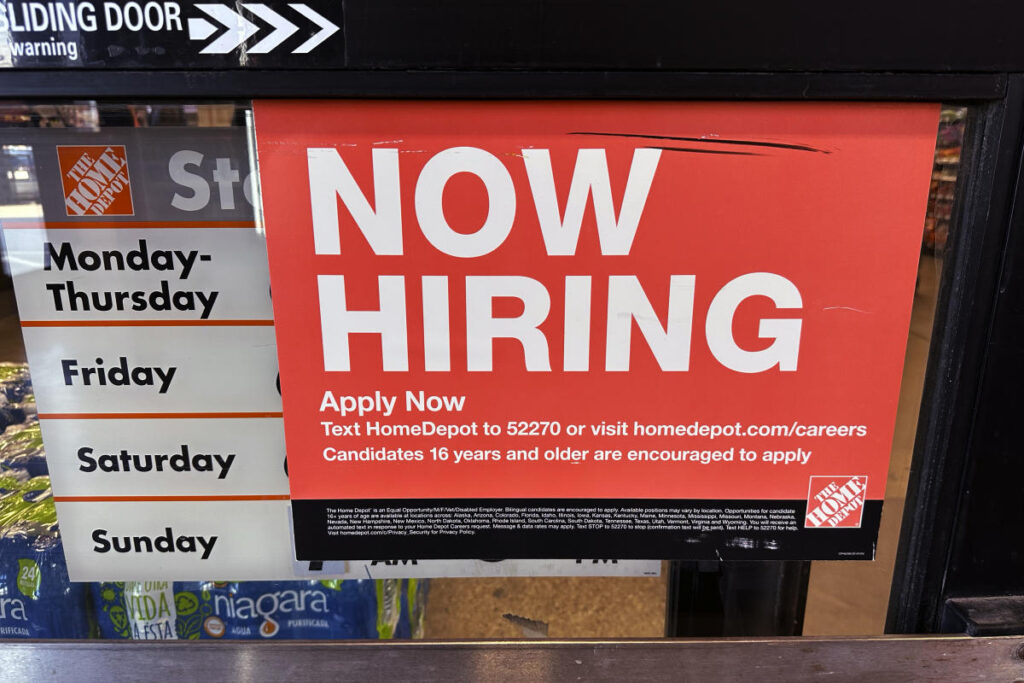This is The Takeaway from today’s Morning Brief, which you can sign up to receive in your inbox every morning along with:
In his most recent press conference, Federal Reserve Chair Jerome Powell characterized the labor market as «broadly stable.»
And in this week’s lead-up to the January jobs report, the incoming data that shows little turnover suggests the labor market is holding along with the Fed.
This dynamic can be seen across a swath of labor market data. The unemployment rate, which had risen throughout the start of 2024 and been a point of concern among economists and equity strategists, has been at or below 4.2% since July.
The ratio of job openings to unemployed workers has been around 1 to 1 since the summer too.
And even the quits and hiring rates, which are below their pre-pandemic levels, have held in a tight range over the past several months.
In other words, the labor market is far cooler than the «Great Resignation» days of 2022, but there haven’t been any clear signs of rapid deterioration. Things are both healthy — and undramatic.
Still, the looming question is how long this dynamic can last. Typically, as labor markets cool, they don’t just stop in a «stable» range. They keep cooling until a recession comes and the cycle starts over.
But recessions don’t simply come from old age. And when asked what could upset the current labor market, ADP chief economist Nela Richardson said inflation could be the culprit.
«In order to keep this labor market turning, prices and inflation have to stay well anchored to expectations,» Richardson told us. «Remember, leisure and hospitality is doing a lot of heavy lifting still in this labor market. So if we see any softness around the consumer, if we see any spikes in inflation, then we might see it carry over into the labor market.»
To Richardson’s point, in ADP’s January National Employment Report released on Wednesday, the «service-providing» sectors, which are more directly consumer-facing, added 190,000 jobs. The «goods-producing» sectors, which include areas like manufacturing, actually lost 6,000 jobs in the month. Meanwhile, leisure and hospitality, part of the service-providing sector, added 54,000 jobs.
As Richardson noted, this paints a picture of a «consumer-led hiring market.» Great since the consumer is strong, but also vulnerable should inflation remain high and keep weighing on American wallets.
Story Continues


